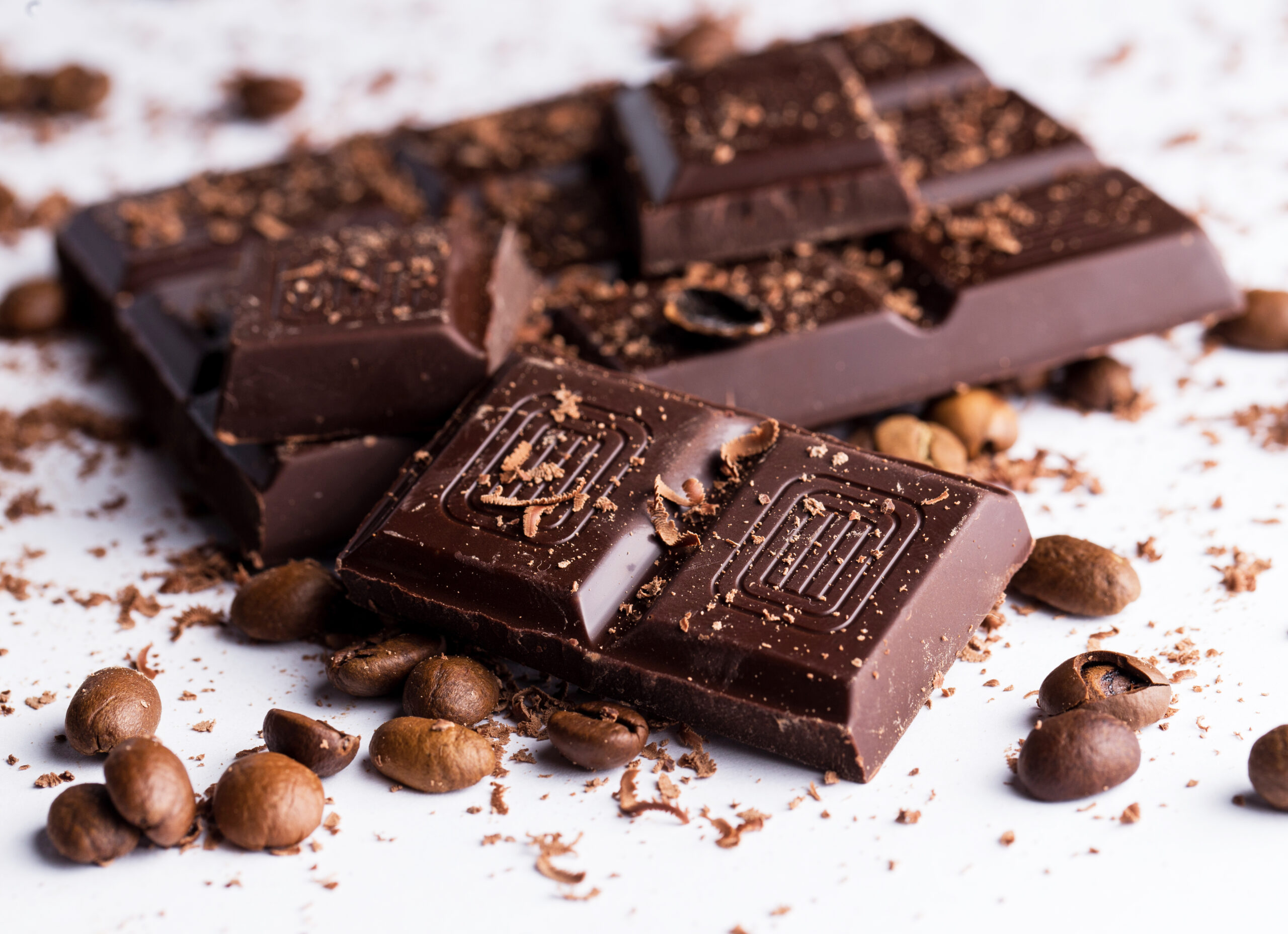Introduction
Italy, a country renowned for its rich cultural history, has made significant contributions to the world in various fields, and music is no exception. Italy’s musical heritage is a treasure trove of diverse traditions, styles, and influences that have left an indelible mark on the global musical landscape. In this article, we’ll delve into the sweet sounds of Dolce, exploring Italy’s remarkable musical history, its famous composers, and the enduring legacy that continues to captivate audiences worldwide.
A Historical Melody
Italy’s musical heritage traces its roots back to ancient times when the Etruscans and Romans celebrated their victories with music and dance. However, it was during the Renaissance that Italy’s musical prowess truly blossomed. This period, spanning the 14th to the 17th centuries, gave rise to some of the most influential composers in history, such as Giovanni Palestrina, Claudio Monteverdi, and Antonio Vivaldi.
Giovanni Palestrina
Palestrina, often referred to as the “Prince of Music,” was a prolific composer of sacred music. His polyphonic compositions are renowned for their exquisite harmonies and lyrical beauty, influencing generations of composers and earning him a place of honor in the history of Western classical music.
Claudio Monteverdi
Monteverdi is often hailed as the father of opera. His groundbreaking works, such as “L’Orfeo” and “L’incoronazione di Poppea,” marked the transition from the Renaissance to the Baroque period, laying the foundation for the development of opera as we know it today.
Antonio Vivaldi
Vivaldi, known as the “Red Priest” due to his distinctive red hair, was a virtuoso violinist and composer. His most famous work, “The Four Seasons,” is a masterpiece of Baroque music that continues to captivate. Audiences with its evocative melodies and innovative use of the violin.
The Bel Canto Tradition
In the 18th and 19th centuries, Italy gave birth to the Bel Canto tradition. Characterized by its emphasis on beautiful singing and expressive vocal techniques. Composers like Gioachino Rossini, Gaetano Donizetti, and Vincenzo Bellini were central figures in this movement.
Gioachino Rossini
Rossini’s operas, including “The Barber of Seville” and “William Tell,” are beloved for their melodic brilliance and vocal virtuosity. His music remains a staple of opera houses around the world.
Gaetano Donizetti
Donizetti was a prolific composer of operas, known for works like “Lucia di Lammermoor” and “L’elisir d’amore.” His compositions are celebrated for their emotional depth and technical demands on singers.
Vincenzo Bellini
Bellini’s operas, such as “Norma” and “La sonnambula,” are revered for their lyrical beauty and expressive vocal lines. His music has left an enduring legacy in the realm of opera.
The Power of Verismo
As Italy moved into the late 19th and early 20th centuries, the Verismo movement emerged. Emphasizing realism and the portrayal of everyday life in opera. Giuseppe Verdi and Giacomo Puccini were leading figures in this period.
Giuseppe Verdi
Verdi’s operas, such as “La Traviata,” “Rigoletto,” and “Aida,” are celebrated for their powerful drama and unforgettable melodies. His works continue to be staples of the operatic repertoire.
Giacomo Puccini
Puccini’s operas, including “La Bohème,” “Tosca,” and “Madama Butterfly,” are known for their emotional intensity and lush orchestration. His music beautifully captures the human experience.
Conclusion
Italy’s musical heritage is a tapestry of diverse styles, periods, and influences that have left an indelible mark on the world of music. From the sacred compositions of Palestrina to the emotional depth of Verismo, Italy’s musical legacy continues to inspire and enchant audiences globally. As we listen to the sweet sounds of Dolce, we are reminded of the enduring beauty and power of Italian music, a heritage that will continue to resonate for generations to come.


